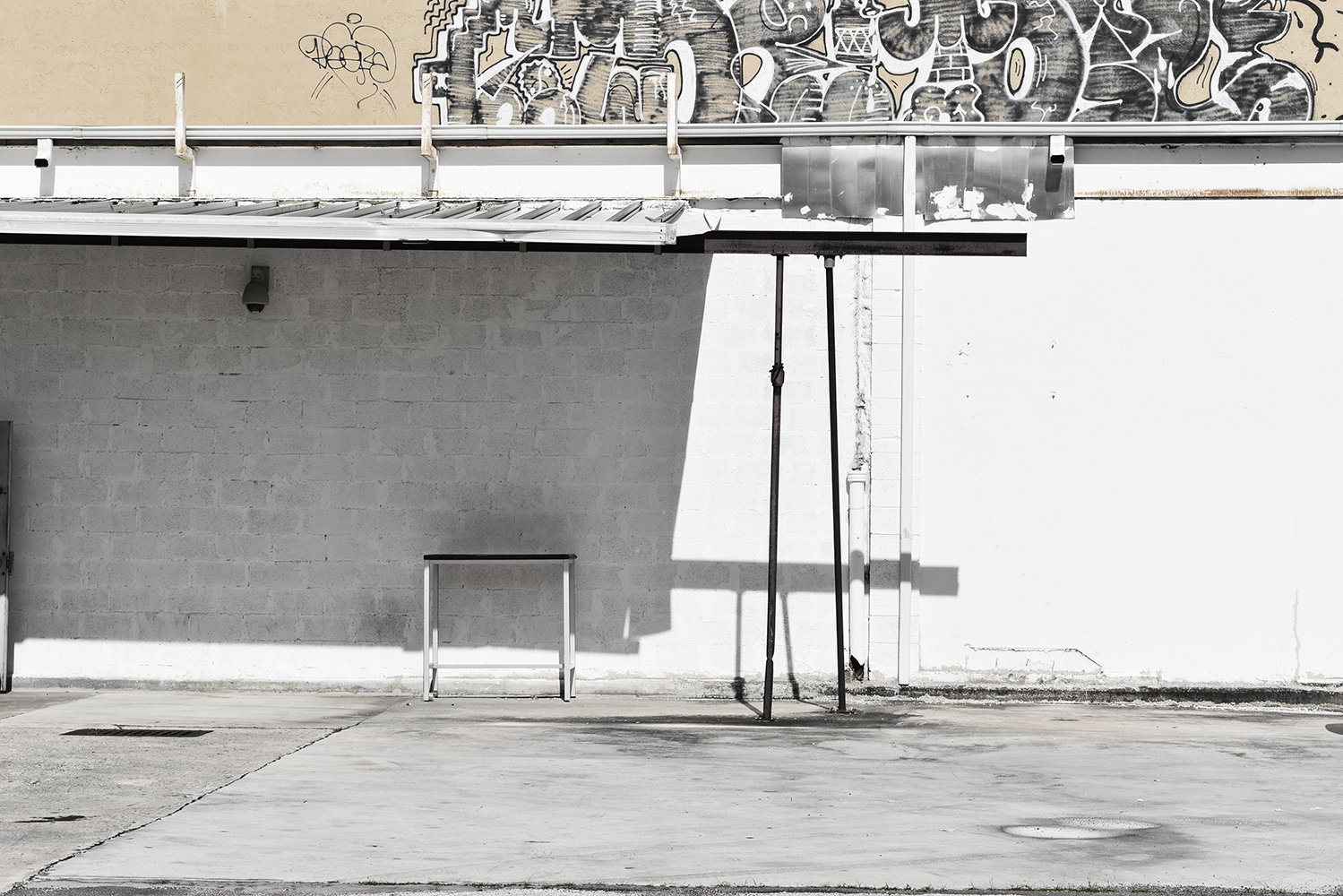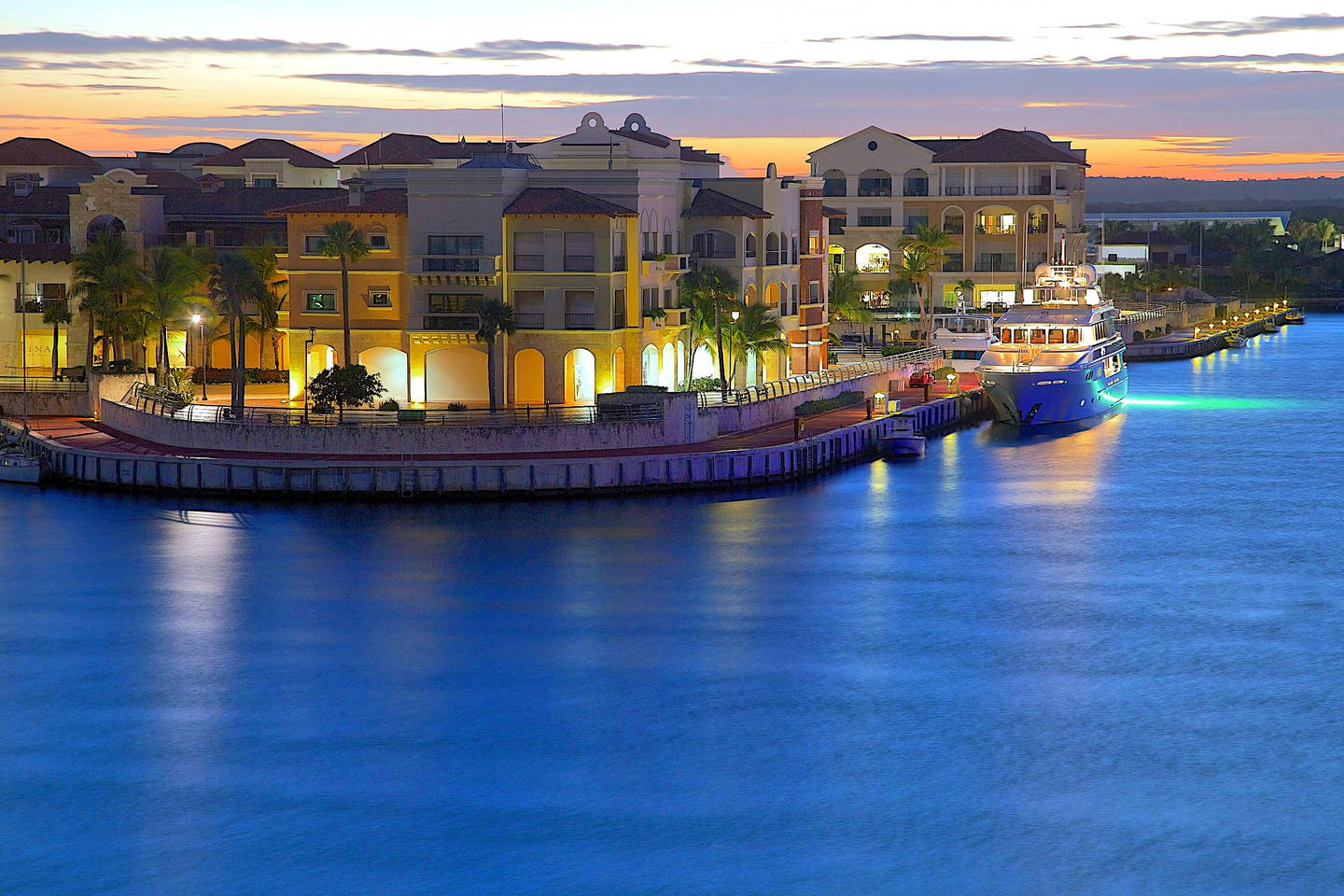Bloomberg business by Ezra Fieser
Dec. 2014
Private equity companies from Bain Capital Partners LLC to billionaire Sam Zell’s Equity International were boosting investments in Caribbean resorts as the region’s traditional lenders scaled back operations.
While Canadian banks including Bank of Nova Scotia and Royal Bank of Canada shuttered some businesses in the islands, U.S.-based private equity firms have spent $329 million on hotel developments this year, the most in a decade, according to Real Capital Analytics Inc., a New York-based commercial real estate research company.
“Private equity makes for an interesting hero in this situation,” said Robi Das, managing director in the Miami office for Newmark Grubb Knight Frank, a commercial real estate company. “The traditional lenders have been hesitant to participate in the Caribbean. I wouldn’t say they’re out of the market, but the new debt that’s coming in is private equity.”
Struggling with some of the heaviest debt burdens in the world, Caribbean governments are seeking to take advantage of rebounding tourism as the U.S. economy recovers. In May, Zell led the approximately $500 million purchase of Decameron Hotels & Resorts, which operates in countries including Jamaica and Colombia. Now, Cuba provides a new opportunity as U.S. tourists prepare to take advantage of an easing in travel restrictions.
“The Cuba story is huge, no question,” Das said.
While investors wait and see what financial safeguards will be put in place, U.S. hotel chains including Marriott International Inc. and Hilton Worldwide Holdings Inc. said they are interested in the Cuban market or monitoring developments there.
Closing Branches
As part of a larger international pullback, Toronto-based Scotiabank on Nov. 4 said it would close 35 branches in the Caribbean and take C$109 million ($94 million) in losses related to three Caribbean hotel development loans.
Those cuts followed Royal Bank’s sale of its Jamaica operations and Canadian Imperial Bank of Commerce’s May announcement of C$123 million in losses and a C$420 million goodwill impairment charge on CIBC FirstCaribbean International Bank. Royal Bank said on Nov. 21 that it would shutter its wealth management business in the Caribbean.
Scotiabank, which is weighing a sale of its Puerto Rican banking unit, will continue to implement “operational efficiency initiatives,” spokesman Marcelo Gomez-Wiuckstern said in a Dec. 11 e-mail. CIBC had no comment, spokesman Kevin Dove said via e-mail.
Luxury Development
Cuba’s opening to more U.S. tourists may change that trend. Five decades after closing operations in the communist country, Royal Bank’s Chief Executive Officer David McKay said Canada’s second-largest lender by assets is evaluating a return to the island.
“We see a very attractive, long-term marketplace in Cuba,” McKay, said in an interview last week in Toronto.
Traditionally the dominant lenders in the region, banks were stung by a drop in tourism and falling revenue for hotels in the wake of the global financial crisis. Tourist arrivals fell by 3.6 percent in 2009 to 22.1 million, the fewest since 2005, according to the Caribbean Tourism Organization. Revenue-per-available room for Caribbean hotels, a key measure of the sector’s health, fell 7 percent in 2008 and about 16.6 percent the following year, according to Smith Travel Research.
Macao Beach
The downturn ensnared projects such as Roco Ki, envisioned as a luxury development with four golf courses, a Westin hotel and $3 million estates built on a 2,500-acre (1,011-hectare) bluff above Macao Beach on the Dominican Republic’s east coast. The development said it received $85 million in loans from Scotiabank and the European Investment Bank. Construction stopped in 2008, leaving shells of buildings on a bluff overlooking the sea.
Calls to the lead developer, Macao Beach Resort Inc., went unanswered. Press officials at Westin owner Starwood Hotel & Resorts Worldwide Inc. did not respond to calls and e-mails by Bloomberg News seeking comment.
“The traditional lenders have been very, very slow, to return to the market, particularly for new construction,” said Parris E. Jordan, managing director at HVS Caribbean, a hotel consultancy that evaluates projects.
While the regional economy has rebounded, growth remains uneven. The economies of the Spanish-speaking Caribbean are forecast to expand by 4.1 percent next year, compared with 2.2 percent in the English-speaking countries, according to the United Nations. Vulnerable to hurricanes and earthquakes, Caribbean nations have an average debt-to-GDP ratio of nearly 80 percent, according to the UN.
25 Million
More than 25 million visitors are expected to visit the Caribbean this year, according to the region’s tourism organization. Jamaica Tourism Minister Wykeham McNeill said Nov. 29 that more than $300 million in hotel investment is helping boost an economy that is expected to grow by 1 percent or less this year. Fitch Ratings on Nov. 21 raised the Dominican Republic’s credit rating, citing the strength of the tourism market in the Caribbean’s largest economy.
Private equity firms are entering the market largely through joint ventures with hotel operators, including Marriott and Hyatt Hotels Corp.
“Our goal is to have 150 hotels open by the end of 2017 and the Caribbean plays a large part in that development story,” said Craig S. Smith, Marriott’s president for Latin America and the Caribbean.
For investors, working with the established hoteliers is “a shorter trip to the cash register than building new,” said William Sipple, managing director at Denver-based HVS Capital Corp, which consults on Caribbean hotel purchases.
Billionaire Sale
At least three such joint ventures bid on Occidental Hotels & Resorts’ portfolio of hotels, being sold by Amancio Ortega, the billionaire owner of the Zara clothing-chain, and Banco Bilbao Vizcaya Argentaria SA, Spain’s second-largest bank.
Caribbean Property Group LLC, a New York-based private equity company, and Spanish hotel operator Grupo Barcelo plan to resume discussions in the coming weeks with Occidental for a deal that could be valued at $625 million, said a person with knowledge of the talks who asked not to be identified because the talks are private.
“The attraction is that this type of capital can help position you to grow,” said Javier Coll, chief strategy officer of Apple Leisure Group, a travel company that manages 37 resorts, including seven in the Dominican Republic and two in Jamaica’s Montego Bay. Apple Leisure last year sold an undisclosed equity stake in its operations to Bain Capital.
Virgin Islands
The company’s hotel management subsidiary AMResorts has since opened all-inclusive resorts in the Mexican Riviera and new markets, including the U.S. Virgin Islands.
“The demand from visitors is there,” Coll said.
Caribbean all-inclusive resorts have evolved from their yesteryear image of cramped rooms, crowded pools and long buffet lines, said Ryan Cotton, a Bain Capital principal who led the investment in Apple.
“More and more passengers are going to come to four- and five-star American-centric” resorts, Cotton said in a Dec. 15 telephone interview. “So it’s a perfect time for transacting. We’re pretty compelled by that.”
Growth in the Caribbean has also brought investment from China, which is offering cheap loans, construction services and equity investments in hotel developments.
In the Bahamas, Chinese firms provided a $2.6 billion construction loan, $150 million in equity and about 4,000 workers to develop the 1,000-acre Baha Mar resort, the largest single development in the history of the Caribbean. That project, delayed by six months, is expected to open early next year.
Daniel Liu, senior vice president at China Construction America, Inc., which is building Baha Mar, said the company expects to expand throughout the region. The company, a wholly owned subsidiary of China State Construction Engineering Corp., is targeting projects of $100 million or more, he said at a conference in Punta Cana, Dominican Republic last month.
“We are really pushing ourselves in the Caribbean,” Liu said. “We’re going to be a driving force, I’m very sure about that, in the Caribbean market.”



